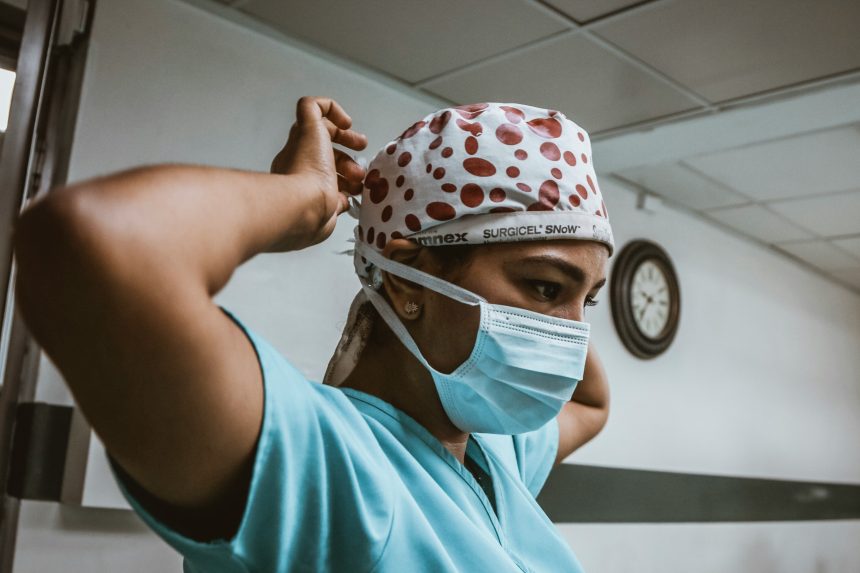The recent COVID-19 pandemic has brought to light the challenges faced by healthcare workers (HCWs), including burnout, moral injury, post-traumatic stress disorder, stress, anxiety, depression, and suicidal ideation. Even before the pandemic, signs of high stress levels among HCWs were evident. Thus, understanding the differences in mental health issues and suicidal ideation between medical specialties is essential for providing adequate support.
A secondary analysis of data from the 2013 Beyond Blue National Mental Health Survey of Doctors and Medical Students in Australia was conducted to explore the prevalence of common mental disorders (CMD) and suicidal ideation (SI) among 7,037 employed Australian consultant doctors in various specialties. The study found that 23% reported likely CMD and 9% reported SI, both higher than rates in the general working population.
The study identified factors affecting the presence of CMD and SI. Women, doctors with children, and those in certain age groups were more likely to report CMD, while doctors in rural areas and certain specialties were more likely to report SI. The study also highlighted that being married or in a committed relationship reduced the odds of experiencing mental health issues or suicidal ideation.
The findings revealed that doctors in paediatrics and anaesthetics were more likely to experience SI compared to GPs, while surgeons were less likely to report CMD symptoms. The study emphasized the importance of addressing mental health issues among HCWs to ensure quality patient care.
While the study provided valuable insights, it had limitations, such as potential bias from the “Healthy Worker Effect” and lack of representation from minority groups. Additionally, the data was collected before the COVID-19 pandemic, underscoring the longstanding concerns regarding mental health in healthcare workers. Further research is needed to address these challenges and support the wellbeing of HCWs.





